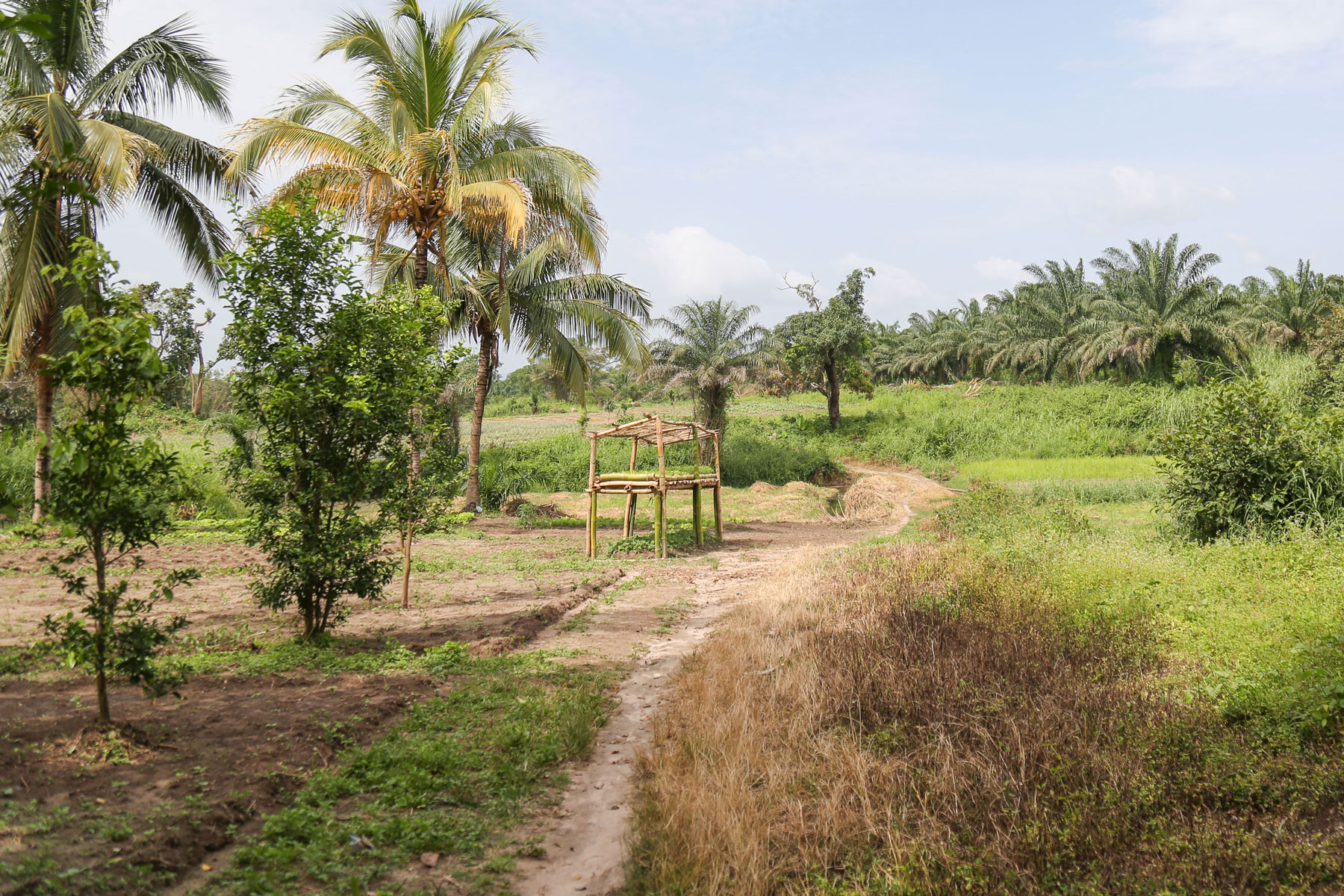
Volunteer Post
A Trail of Traceable Impact: How Winrock Farmer-to-Farmer Creates Meaningful and Sustainable Change
Eric M. Washington
In international development, the Farmer-to-Farmer (F2F) Program has been making waves for decades, connecting American volunteers with farmers and entrepreneurs in developing countries to share their skills and knowledge. But what exactly is the F2F Program, and how does it work? To shed some light on this unique initiative, we turn to Michael Bassey, the Country Director for Winrock International, who has firsthand experience with the F2F Program and its impact. In this blog post, Michael shares his insights on the F2F Program, its structure, and how it has made a difference in the communities it serves.
A critical factor that makes the F2F Program unique is its structure as a program rather than a project. This structure allows for continuity, as requests for support are generated from a diverse range of host organizations following the five-yearly rounds of the Program. The bottom-up approach of the F2F Program also ensures that support is organic and demand-driven, with beneficiaries generating a needs list for capacity development and technical support. The focus of F2F interventions is strictly on capacity development and technical support, aimed at improving the human and institutional capacity of host and partner organizations. To assess the capacity of hosts and partners to receive support, the Program leverages the Organizational Capacity and Organizational Development Indexes (OCI and ODI).

During his tenure, Bassey has seen various impacts from the F2F Program. These include human and institutional capacity development for hosts and partners, such as improvements in pedagogy, research, curriculum development, teaching capacity, and materials development for online education. Learners have also benefited from improved learning environments, increased opportunities for internships, and improvements in campus infrastructure. Institutional impacts have included strategic planning, revenue mobilization, partnership development, fast-track program accreditation by regulatory agencies, and improved capacity to leverage funding. Bassey also notes the development of the capacity of nationals who now serve as volunteers, the contribution of training materials, information, and studies to the agricultural education and training (AET) body of knowledge, and cultural exchanges on both the volunteer and host country perspectives. The F2F Program has also partnered with other Feed-the-Future (FtF) Activities and other US-government funded programs, further increasing its impact.
Overall, the F2F Program has effectively provided demand-driven technical support and capacity development for host and partner organizations in agriculture education and training. Its unique structure and focus on capacity development have led to positive impacts that are both traceable and sustainable, making it an essential program in the development of agriculture and rural livelihoods.
